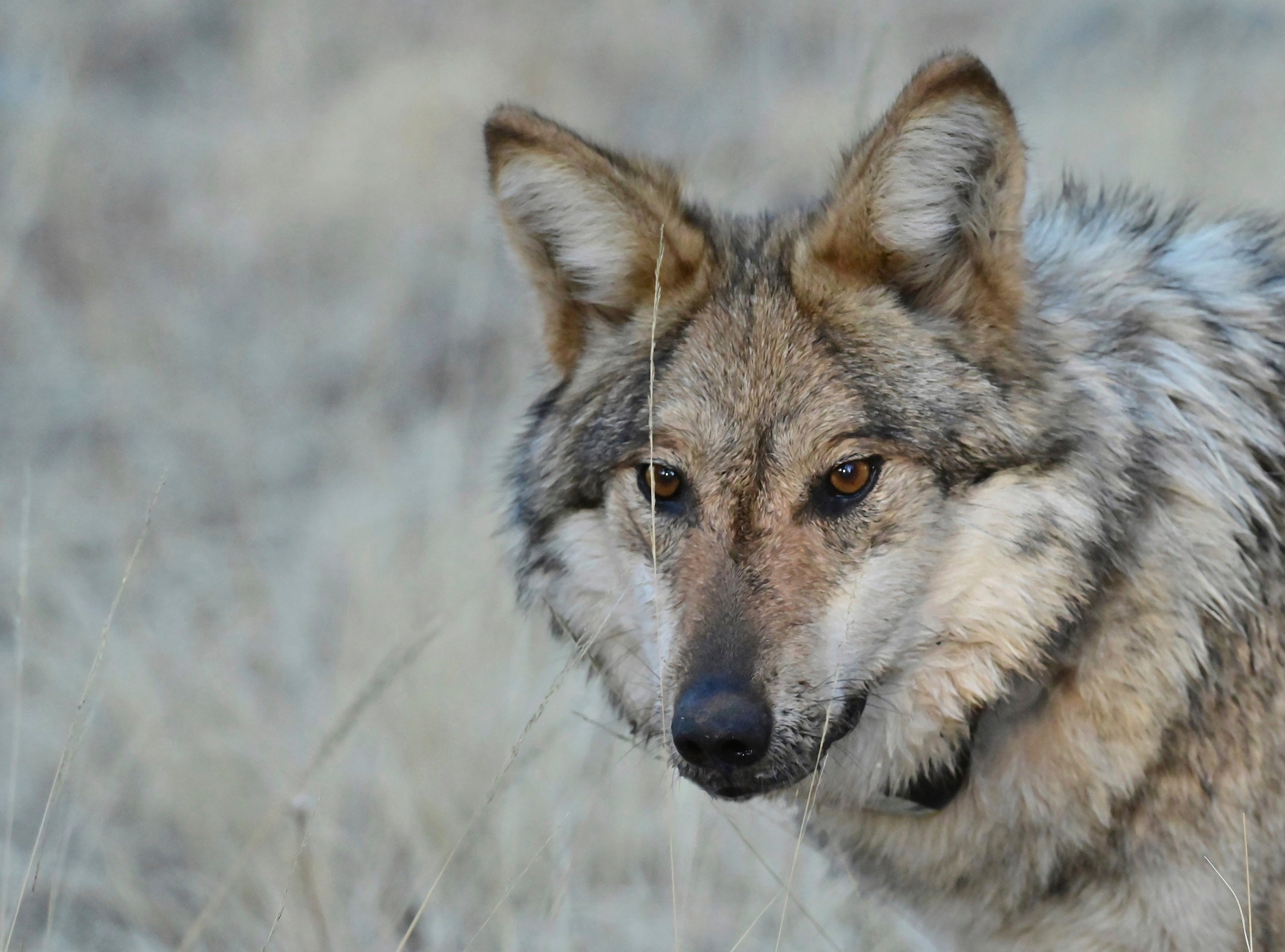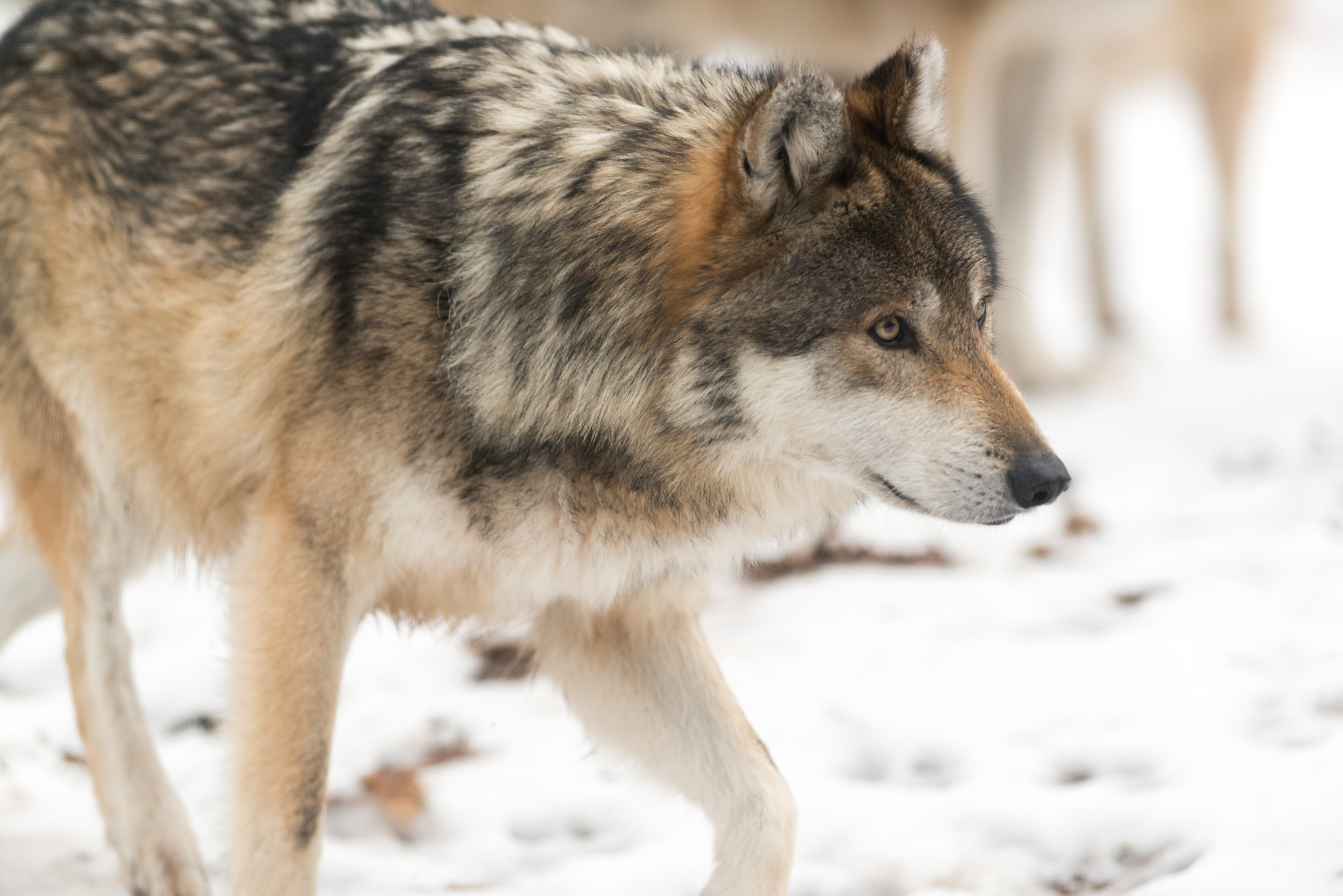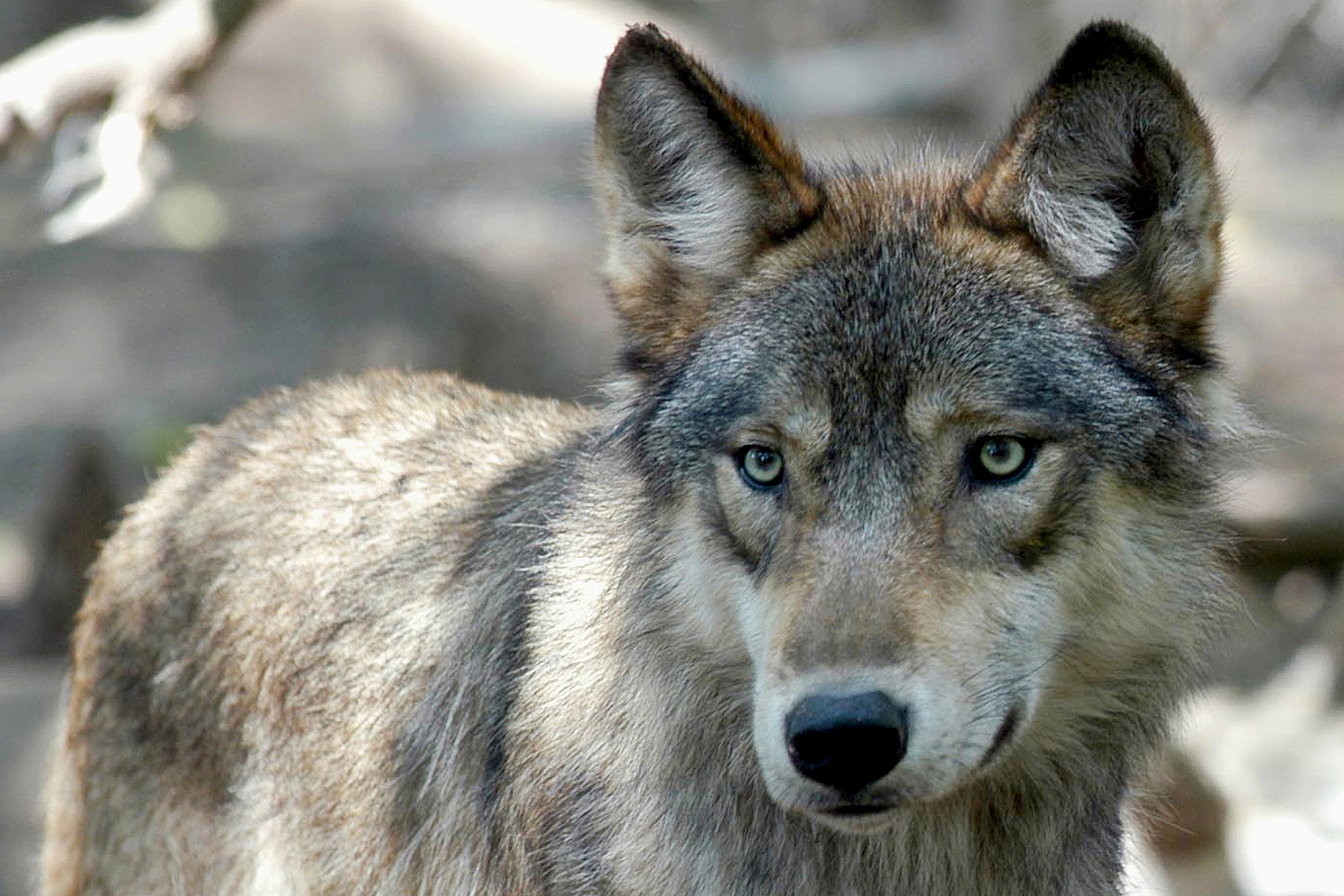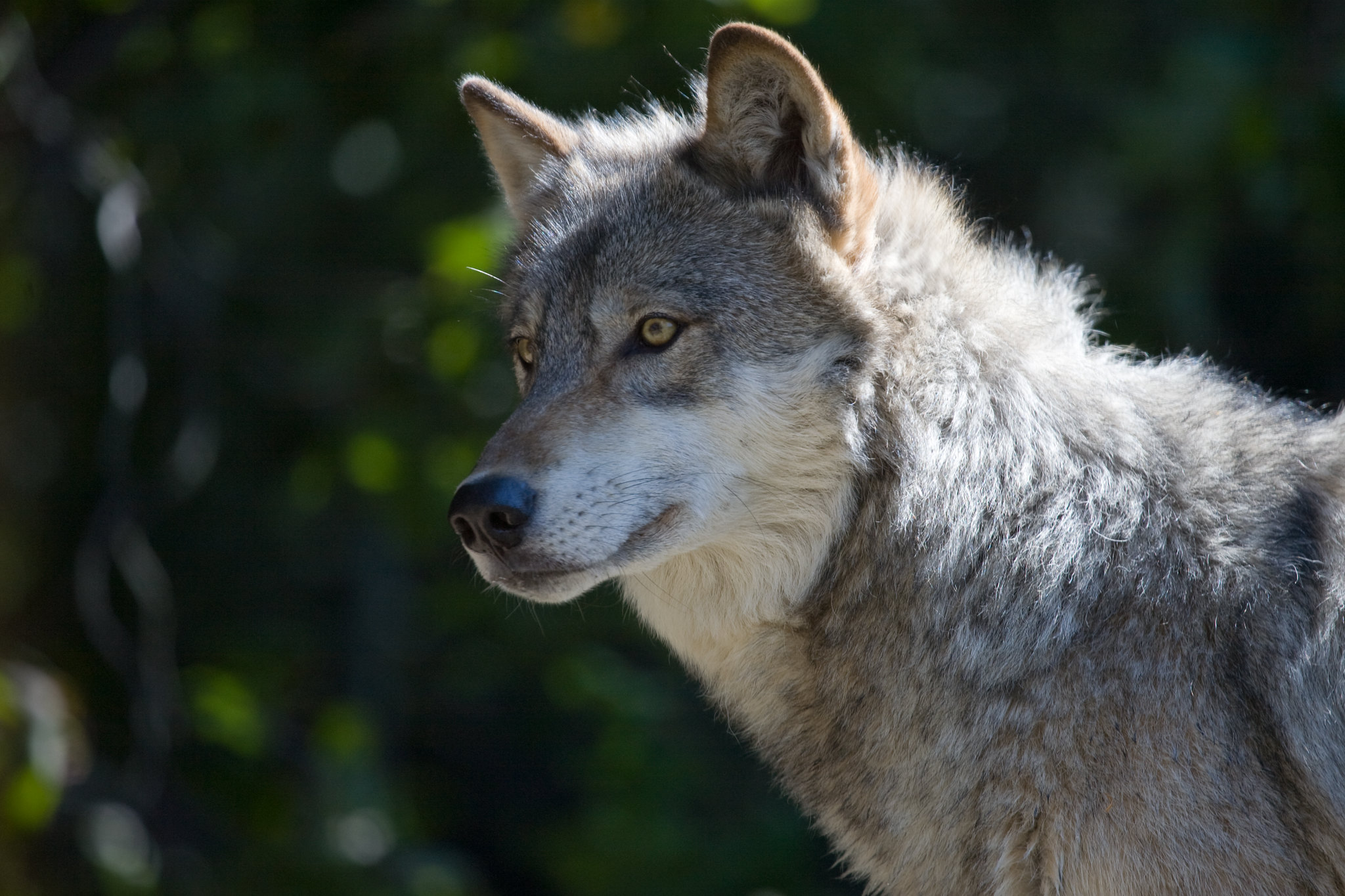New data suggests Wisconsin’s wolf population may be stabilizing. After decades of growth the animal’s numbers were reportedly down by 2 percent last winter.
Volunteer trackers reported a minimum wolf count of between 905 and 944 animals, according to the Wisconsin Department of Natural Resources. That’s a slight decline compared to numbers from the winter before. But DNR large carnivore ecologist Scott Walter says people shouldn’t draw conclusions from this latest count.
“It’s a sign that wolves may be stabilizing in the state, but given the nature of the data it’s really going to take additional years to fully understand whether or not this was an annual blip or if this is actually an indication that wolves are stabilizing in Wisconsin,” Walter said.
News with a little more humanity
WPR’s “Wisconsin Today” newsletter keeps you connected to the state you love without feeling overwhelmed. No paywall. No agenda. No corporate filter.
Walter said two or three more years worth of data are needed to confirm the population has stabilized.
Wolves were removed from the federal Endangered Species Act by the U.S. Fish and Wildlife Service in 2011. The next year state lawmakers established a controversial wolf hunt, which included the use of dogs to track and drive wolves. Hunters killed 654 wolves during three consecutive hunting seasons. In 2014, wolves were returned to the endangered species list by a federal judge. Walter said the state’s official wolf population goal is 350 animals.
“We’ve got a healthy, and I think, very secure wolf population in the state but the reason they maintain their status as federally protected on the endangered species list is due to a number of court challenges that were brought to bear by groups when wolves were previously delisted and that takes management, unfortunately, out of the hands of the DNR and really limits our ability to respond to things like livestock depredations.”
Republican lawmakers from Wisconsin along with a bipartisan group of the state’s congressional delegation have been calling for congress to pass legislation removing the gray wolf from the endangered species list. A rider was included in federal budget legislation to do that but the language was pulled before final passage.
A statement from the USFWS sent to WPR News this week said the agency is collecting data from state, tribal and federal agencies and could result in another delisting proposal by the end of the year. Walter confirmed the USFWS has contacted the DNR.
“We’ve been asked for current monitoring data by the fish and wildlife service. So, the assumption is that data is going to be used to ramp up the formal delisting effort on their end,” he said.
Wisconsin Public Radio, © Copyright 2025, Board of Regents of the University of Wisconsin System and Wisconsin Educational Communications Board.






